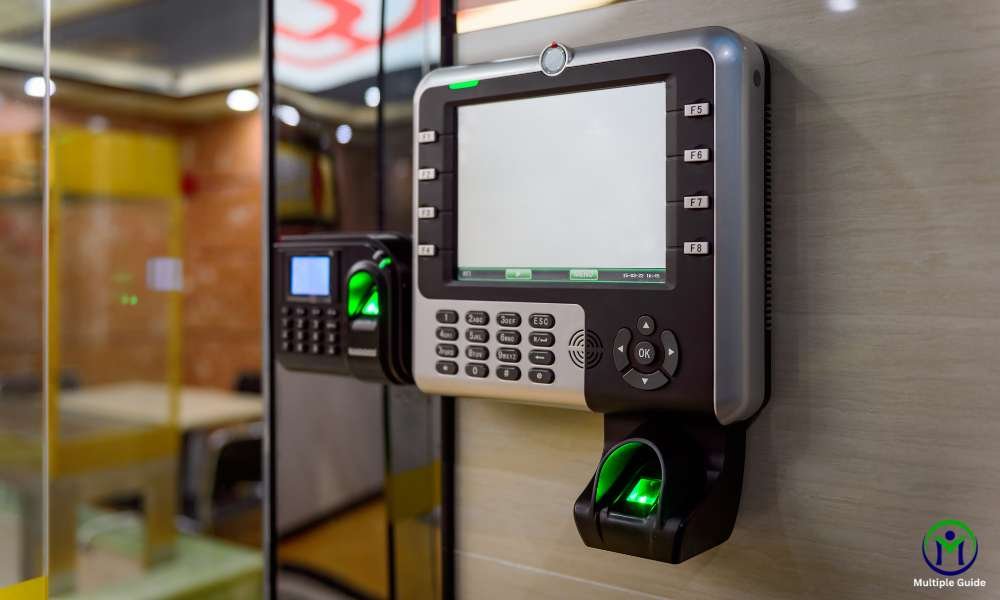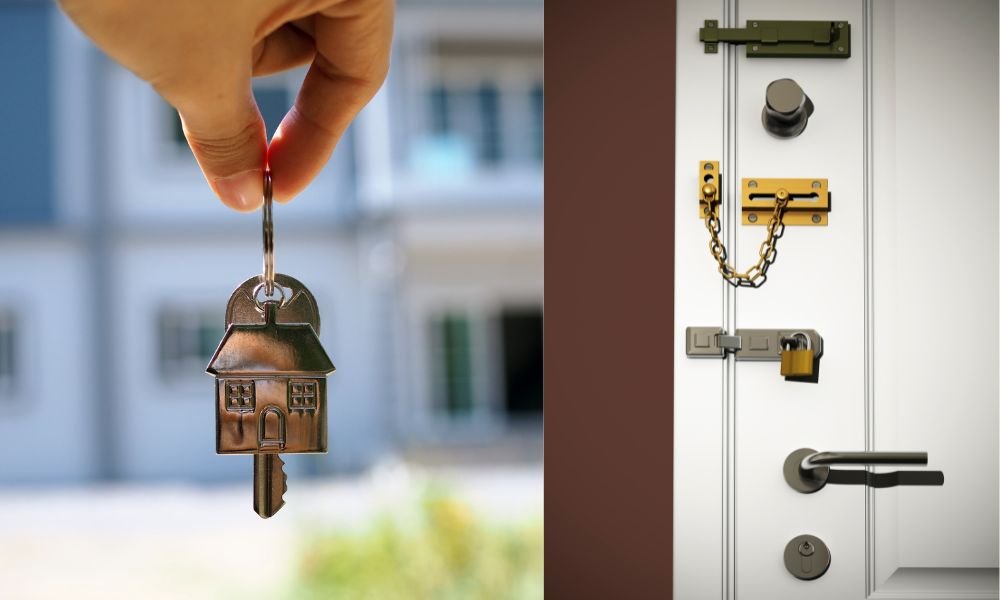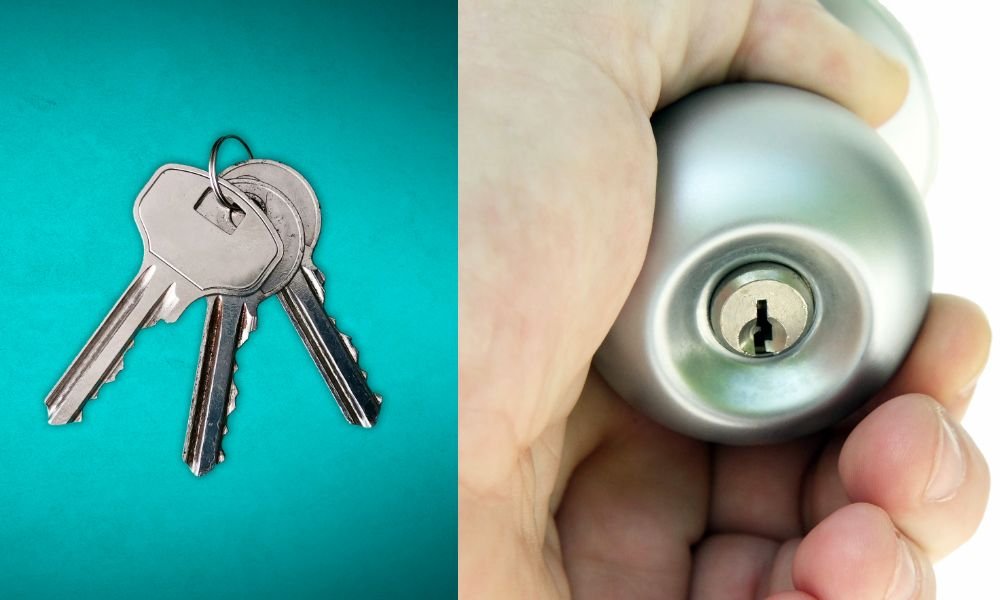Fingerprint door locks offer a modern and secure solution for home and office security. Unlike traditional locks that rely on keys or codes, fingerprint locks use biometric technology to grant access, making them more difficult to bypass. This guide will walk you through the steps of how to Program a Fingerprint Door Lock, ensuring you can enjoy the benefits of this advanced technology.
How Fingerprint Door Locks Work
Before diving into the programming process, it’s essential to understand how this is works. These locks use a scanner to capture the unique ridges and patterns on your finger. Then compare the scanned fingerprint with stored data to grant or deny access.
Step-by-Step Guide to Program a Fingerprint Door Lock
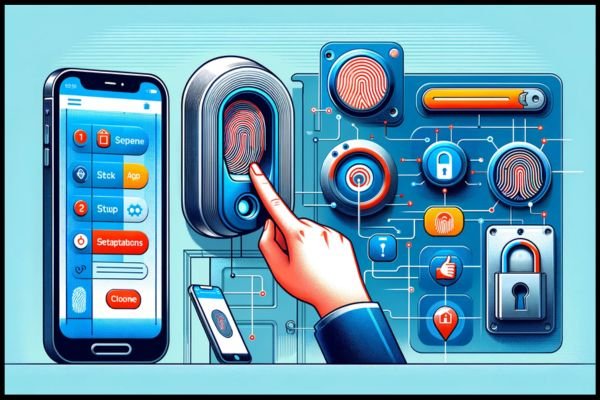
A. Installation
- Choose the Right one: Select a fingerprint door lock that suits your needs. Ensure it is compatible with your door type and offers the features you require.
- Gather Tools: You will typically need a screwdriver, measuring tape, and possibly a drill.
- Remove the Old one: If you are replacing an existing lock, remove it by unscrewing the mounting hardware.
- Install the New One: Follow the manufacturer’s instructions to install the new one. This usually involves securing the lock to the door and frame and connecting any electronic components.
B. Initial Setup
- Power On the Lock: Insert the batteries as per the manufacturer’s guidelines. Some locks might require a power source connection.
- Access the Setup Mode: Most locks have a setup or programming mode. This is typically accessed by pressing a specific button or combination of buttons.
C. Enroll Master Fingerprint
- Enter Master Mode: Follow the instructions to enter master mode. This often involves pressing and holding a button for a few seconds.
- Scan Master user: Place your finger on the scanner. This will prompt you to scan your fingerprint multiple times to ensure accuracy.
- Confirm Enrollment: After successful scans, this will confirm the enrollment of the master fingerprint.
D. Add Additional Users
- Enter Programming Mode: Using the master fingerprint, access the programming mode.
- Select Add User Option: Navigate to the option to add a new user.
- Scan New users: Have the new user place their finger on the scanner. Like the master fingerprint, multiple scans will be required.
- Confirm Enrollment: Once the lock successfully captures identification, it will confirm the addition of the new user.
E. Test the Lock
- Lock and Unlock: Use both the master and newly added fingerprints to open and close the door. Ensure the lock responds correctly to each fingerprint.
- Troubleshoot Issues: If this is not recognized, repeat the enrollment process. Ensure fingers are clean and correctly positioned on the scanner.
Advanced Features and Customization
Many locks offer advanced features such as temporary access codes, audit trails, and integration with smart home systems. Here’s how to make the most of these features:
Temporary Access
- Create Temporary Codes: Some locks allow you to create temporary access codes for guests or service providers.
- Set Expiry Dates: These codes can be set to expire after a specific time, enhancing security.
Audit Trails
- Access Logs: Advanced locks can log entry attempts, providing a record of who accessed the door and when.
- Review Logs: Regularly review these logs to monitor access and detect any unusual activity.
Smart Home Integration
- Connect to Smart Home System: Integrate your lock with your smart home system for added convenience.
- Remote Access: Control your lock remotely using a smartphone app, allowing you to open and close your door from anywhere.
Maintenance Tips
To ensure your door continues to function correctly, regular maintenance is essential. Here are some tips:
- Clean the Scanner: Wipe the scanner regularly to remove dirt and smudges.
- Check Battery Levels: Replace the batteries periodically to avoid lockouts.
- Update Firmware: Keep the lock’s firmware updated to benefit from the latest security patches and features.
Common Issues and Solutions
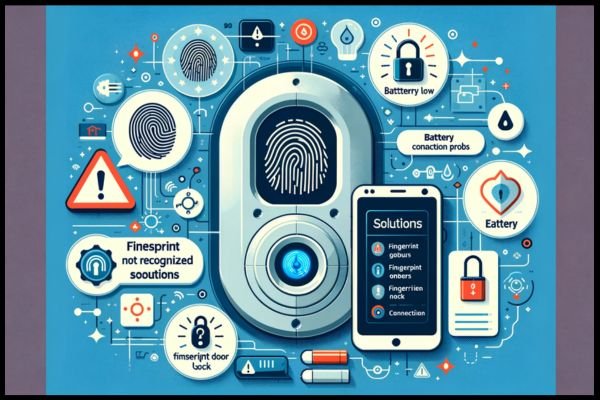
Fingerprint Not Recognized
- Re-enroll Fingerprint: If the lock consistently fails to recognize a fingerprint, delete and re-enroll the fingerprint.
- Positioning: Ensure the finger is placed correctly on the scanner. Positioning issues can cause recognition failures.
Lock Malfunctions
- Reset the Lock: Perform a factory reset if the one malfunctions. Refer to the manufacturer’s instructions for the reset process.
- Contact Support: If issues persist, contact the manufacturer’s customer support for assistance.
Security Considerations
While this is offer enhanced security, it’s essential to be aware of potential vulnerabilities:
- Use Multiple Security Layers: Combine your fingerprint lock with other security measures, such as security cameras and alarm systems.
- Regularly Update Access: Periodically review and update access permissions, removing users who no longer require access.
Conclusion
Programming a fingerprint door lock is a straightforward process that enhances the security of your home or office. By following the steps outlined in this guide, you can successfully install and program it, ensuring that only authorized individuals can access your premises. Regular maintenance and staying informed about advanced features will help you make the most of your locks, providing peace of mind and convenience.

